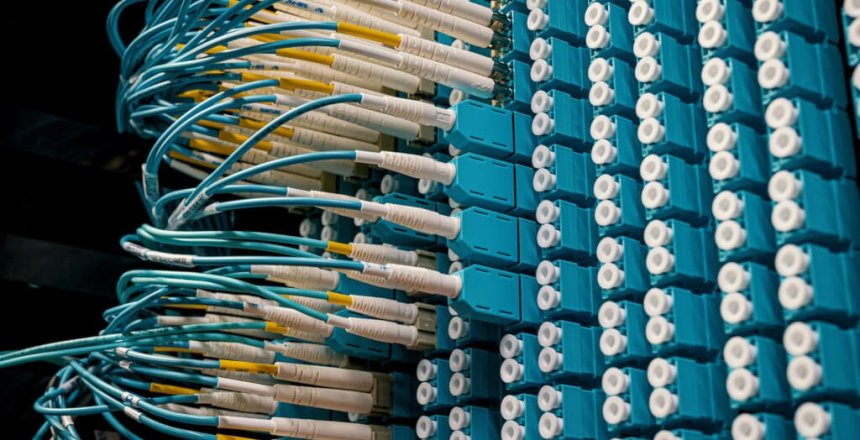As we know everything gets faster. USB is faster, storage is faster so what about networking? This is where TbE comes in, so what is TbE? Let’s have a look…
Ethernet
A lot has changed since 10Base was the speed everyone used on their networks, enabling them to get 10Mb/s or about 1 MB a second across their network.
Next came 100Base, and now 1000Base or 1GbE as it is sometimes called, gaining speed with each generation.
In some computers, 2.5GbE is available. These are popular with gamers who want to take advantage of LAN parties (where they take their computer to a party and play games against other players)
In businesses where they may be using the 1GbE Gigabit Ethernet system or greater, 10GbE is becoming increasingly available.
In data centres, 100GbE is becoming increasingly used.
Recently, 400GbE has become more widespread with 800GbE and 1.6TbE becoming the new draft standards this year.
What is TbE?
TbE or Terabit Ethernet is the latest standard introduced (although technically 400GbE and 800GbE are classed as TbE)
The idea is that 1,000 GbE = 1 TbE. This means that 1,000 servers can be connected at Gigabit speeds or 1,000 consumers can use 1 TbE connection with a network provider, which means everyone will be able to use the Internet faster.
The biggest advantage is for those laying rural broadband, because they need less fibre to provide the network, since everything is faster, where they would need 10 bundles of fibre for 100GbE to deliver 1,000 businesses Gigabit Ethernet, they can now lay a single bundle of fibre, reducing costs substantially. Smaller fibre bundles may fit through the places where copper cables currently run so the country could be cabled much quicker.
Additionally, faster fibre makes other technologies available easier. Mesh wireless for example, could replace 5G networks as the faster speed removes the need for cell towers and increases range without too much hassle.
100GbE
Some bigger businesses and data centres are using 100GbE Ethernet, effectively 100x faster than G

